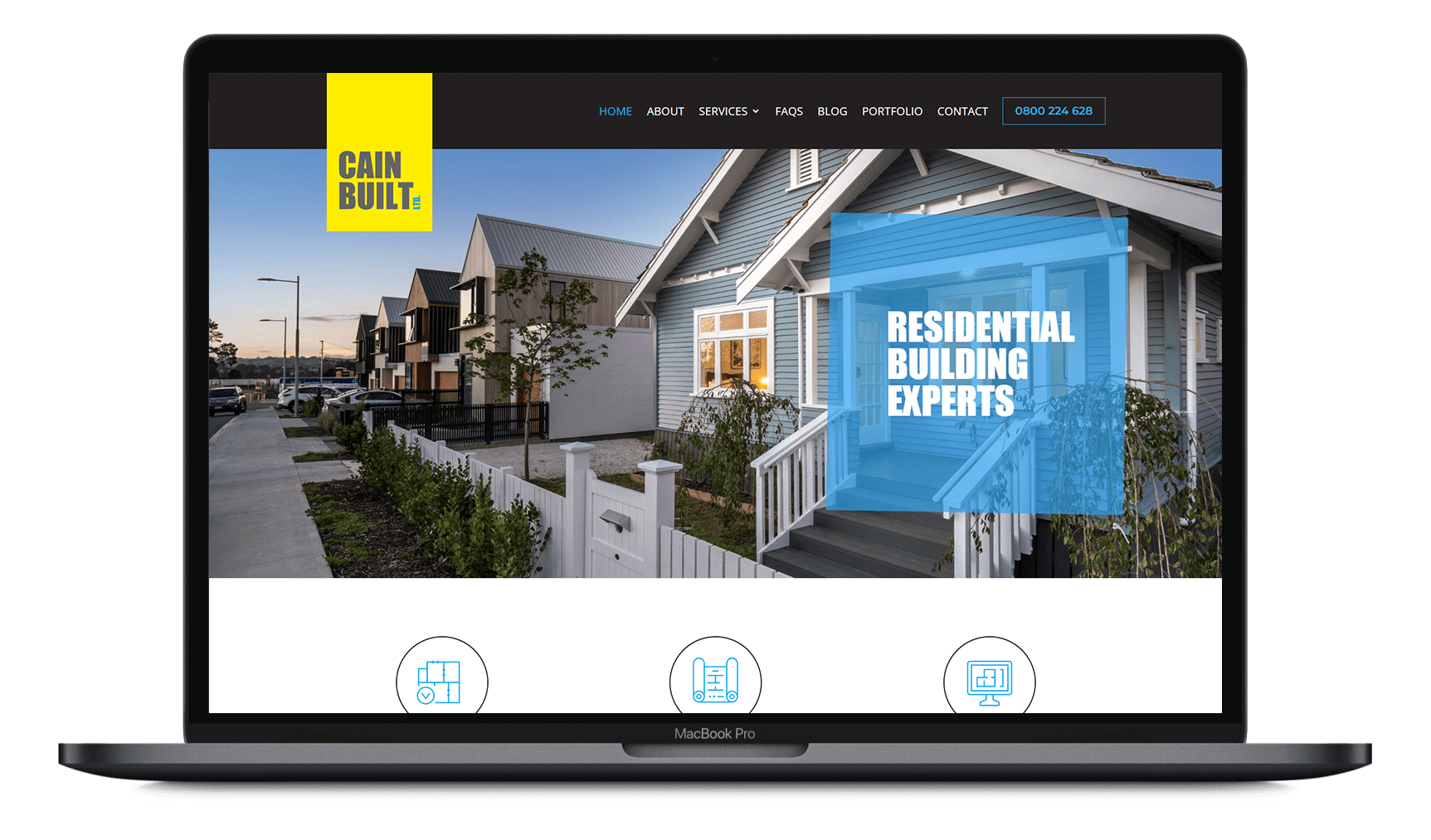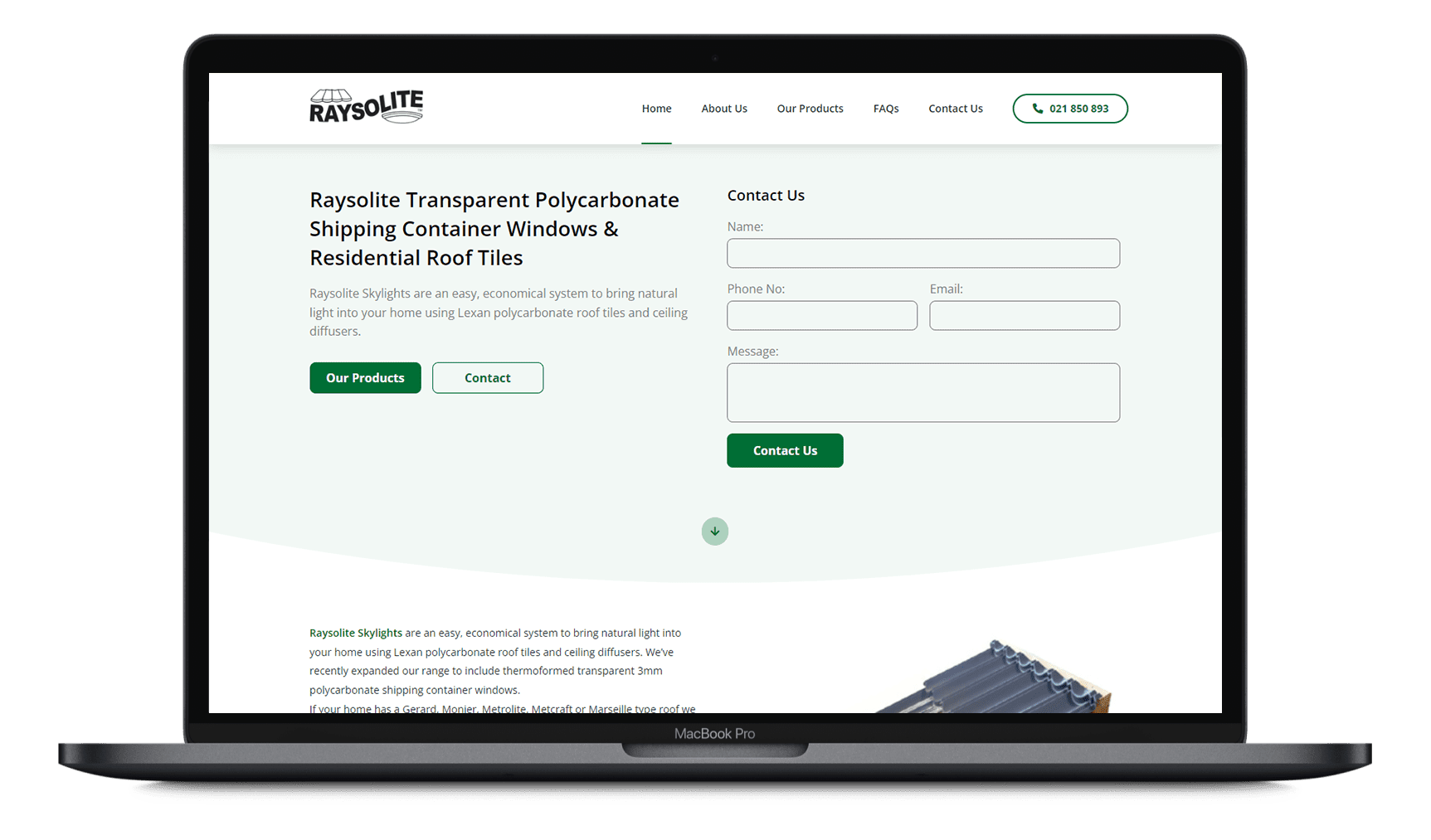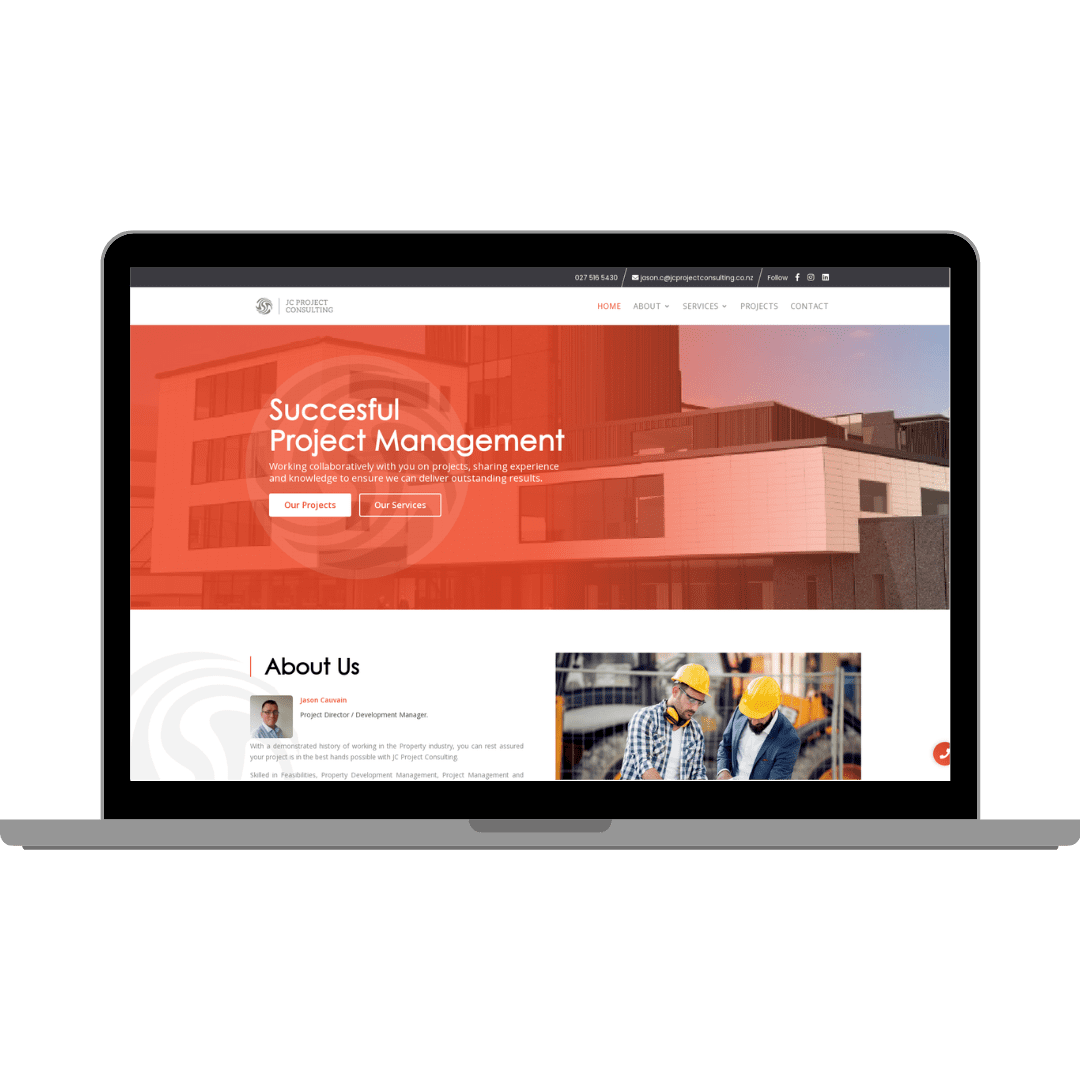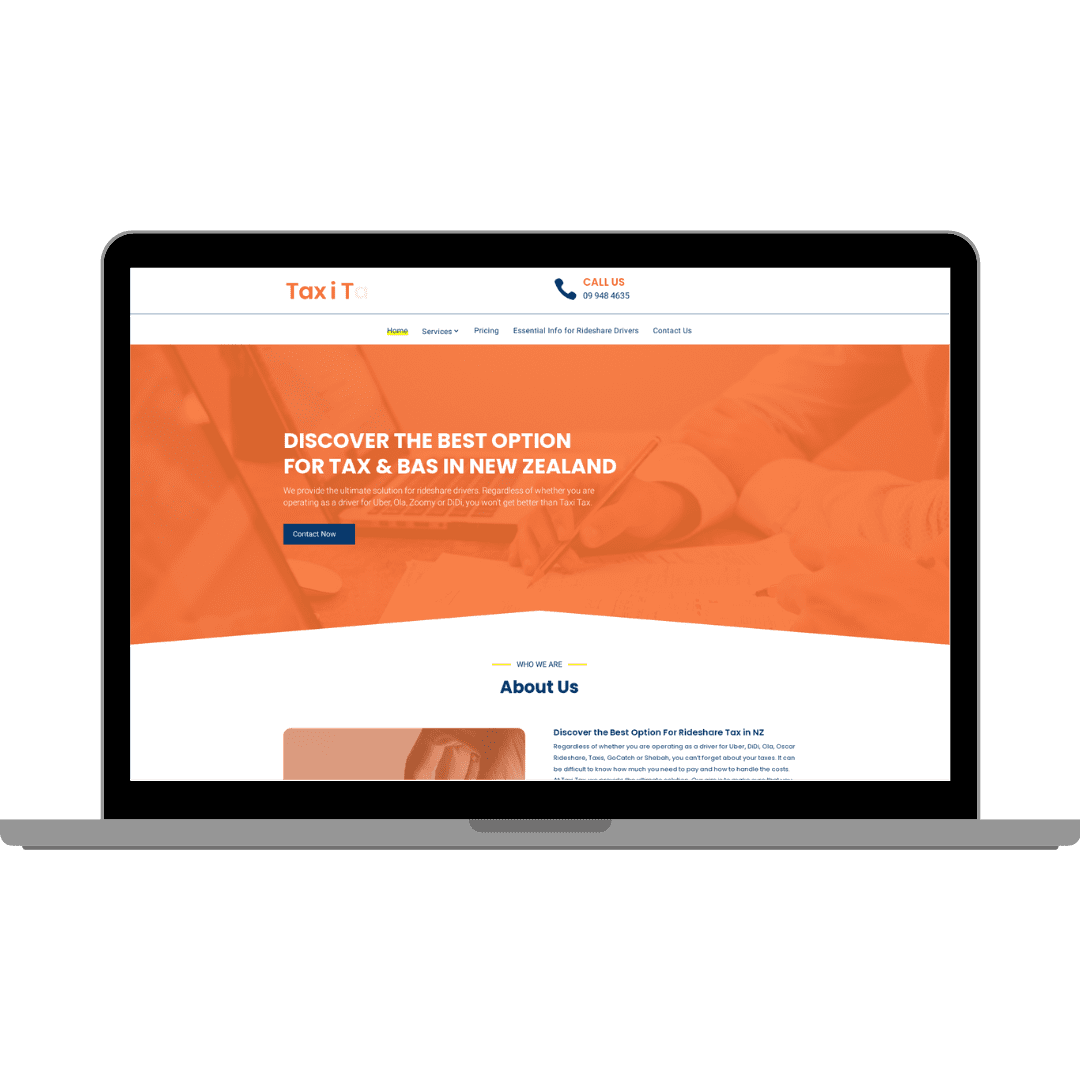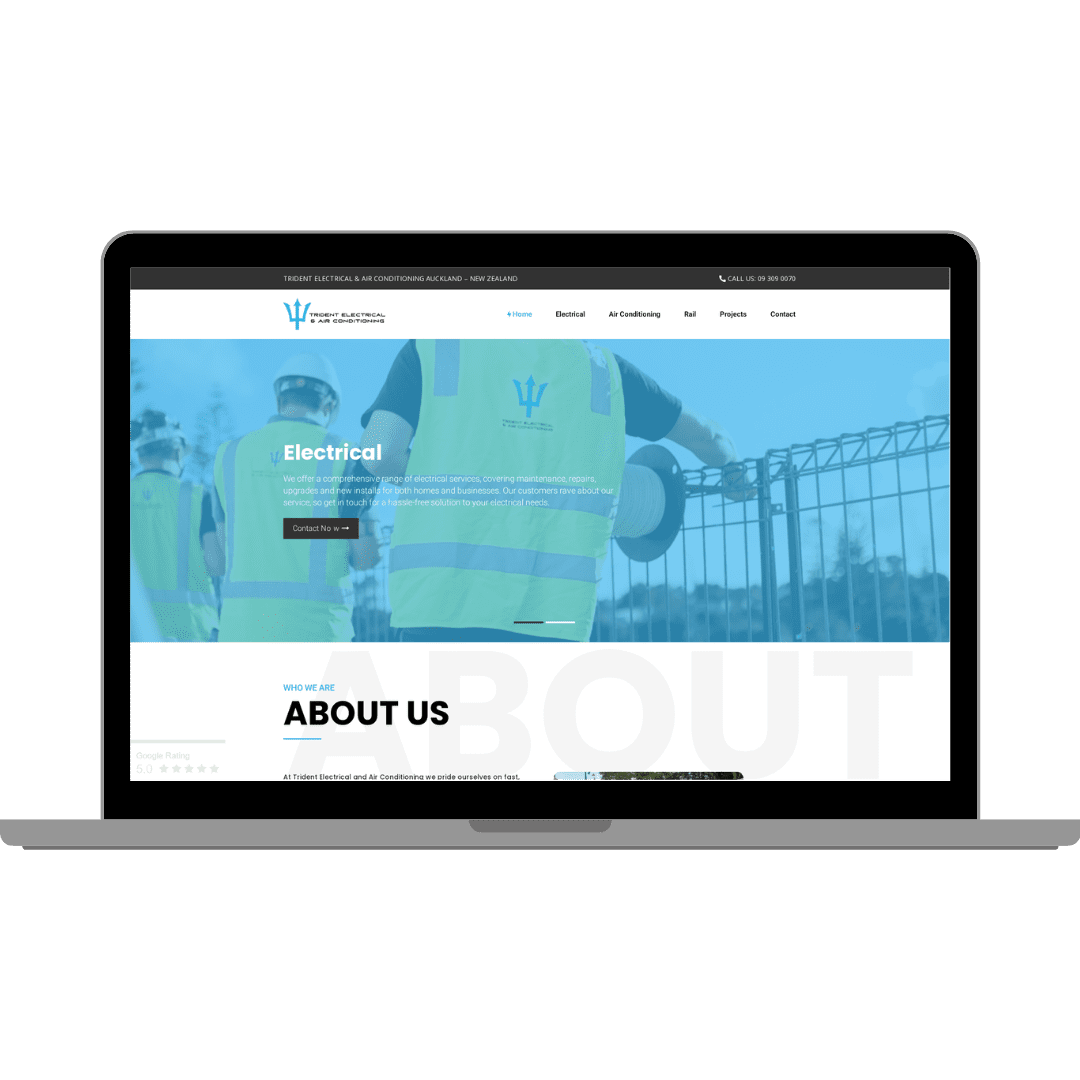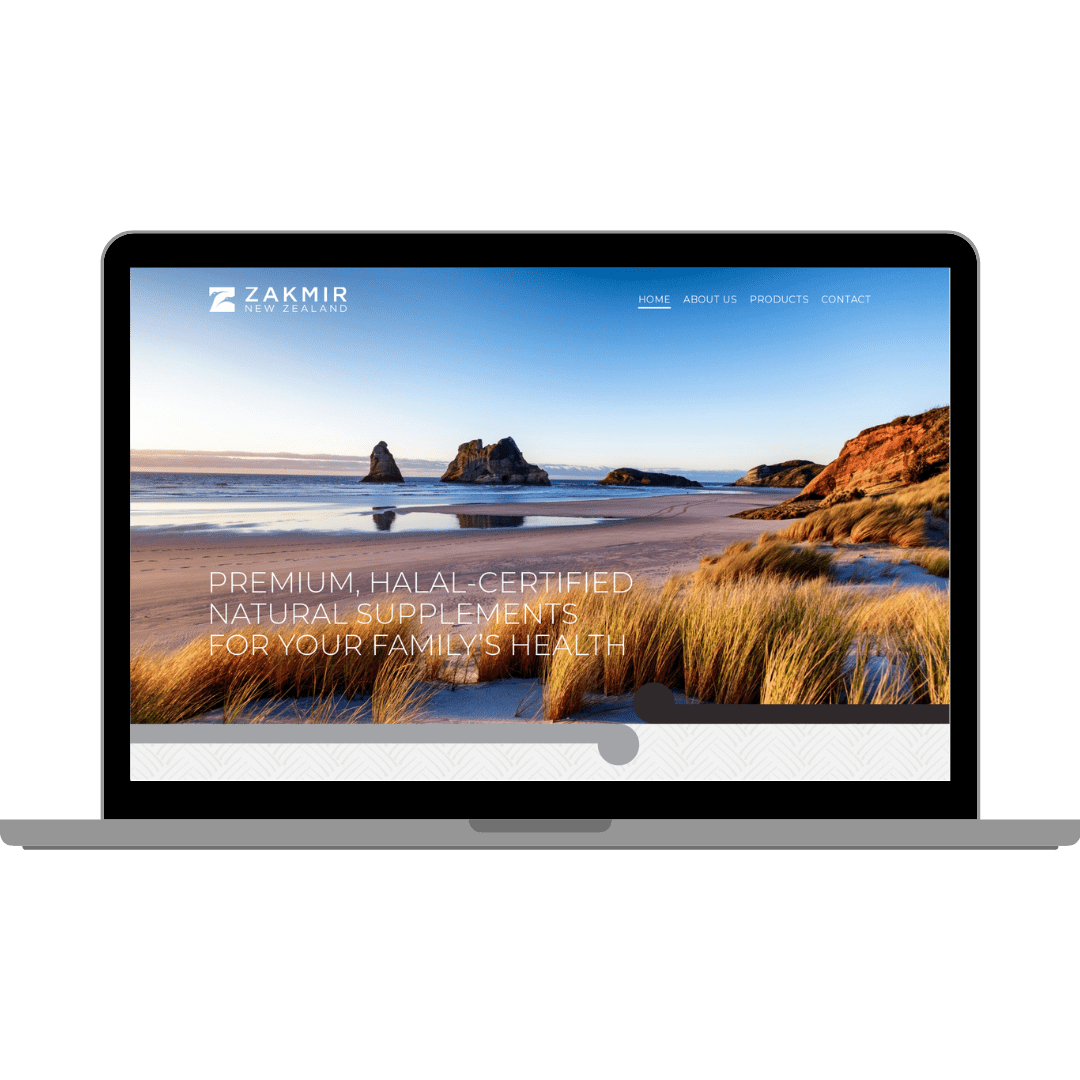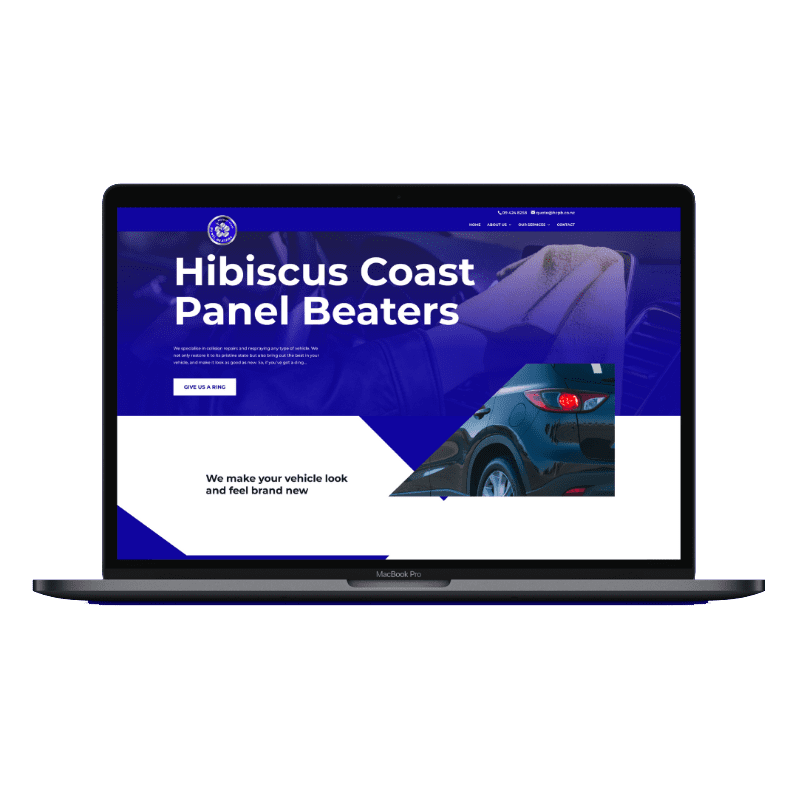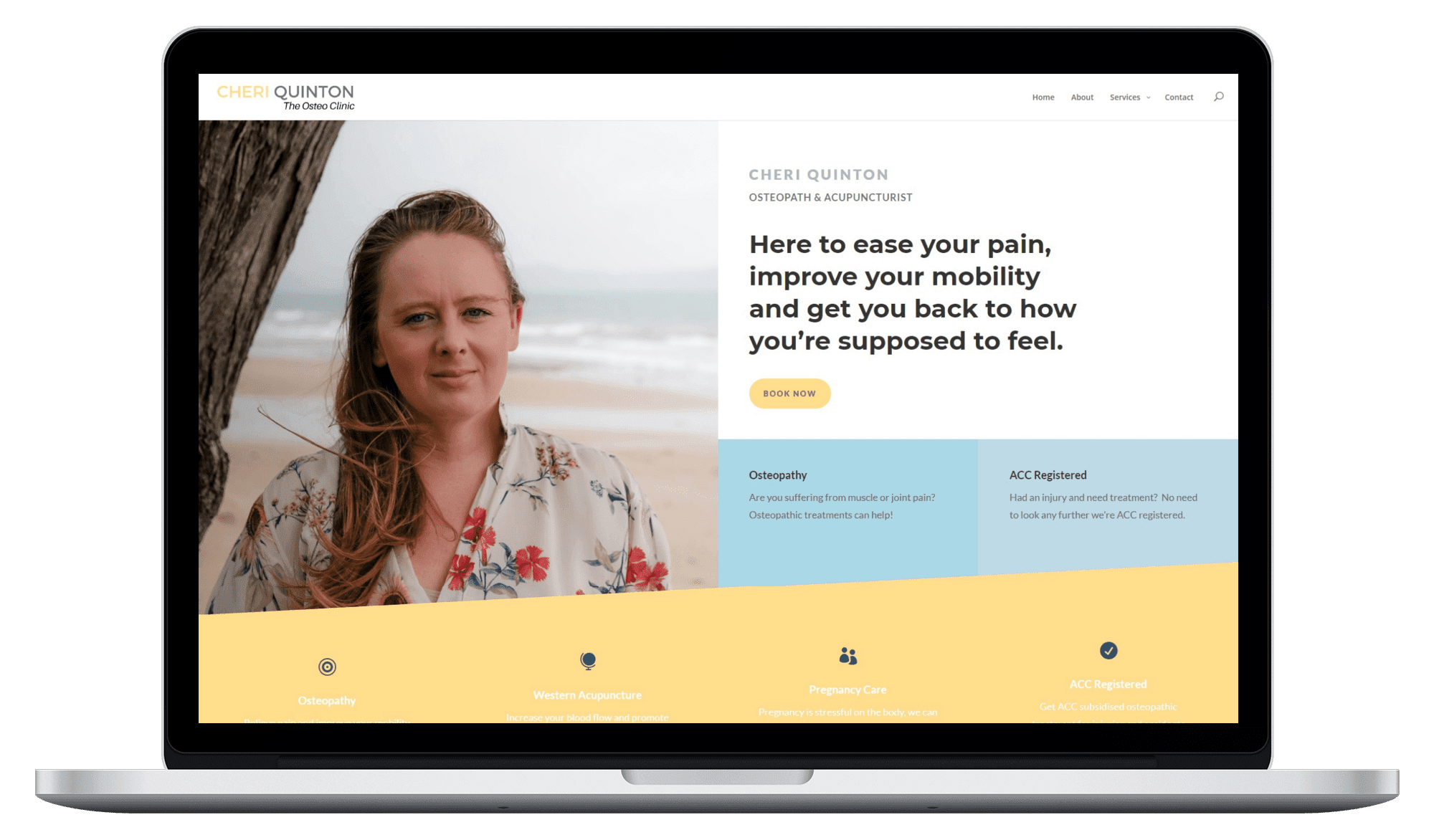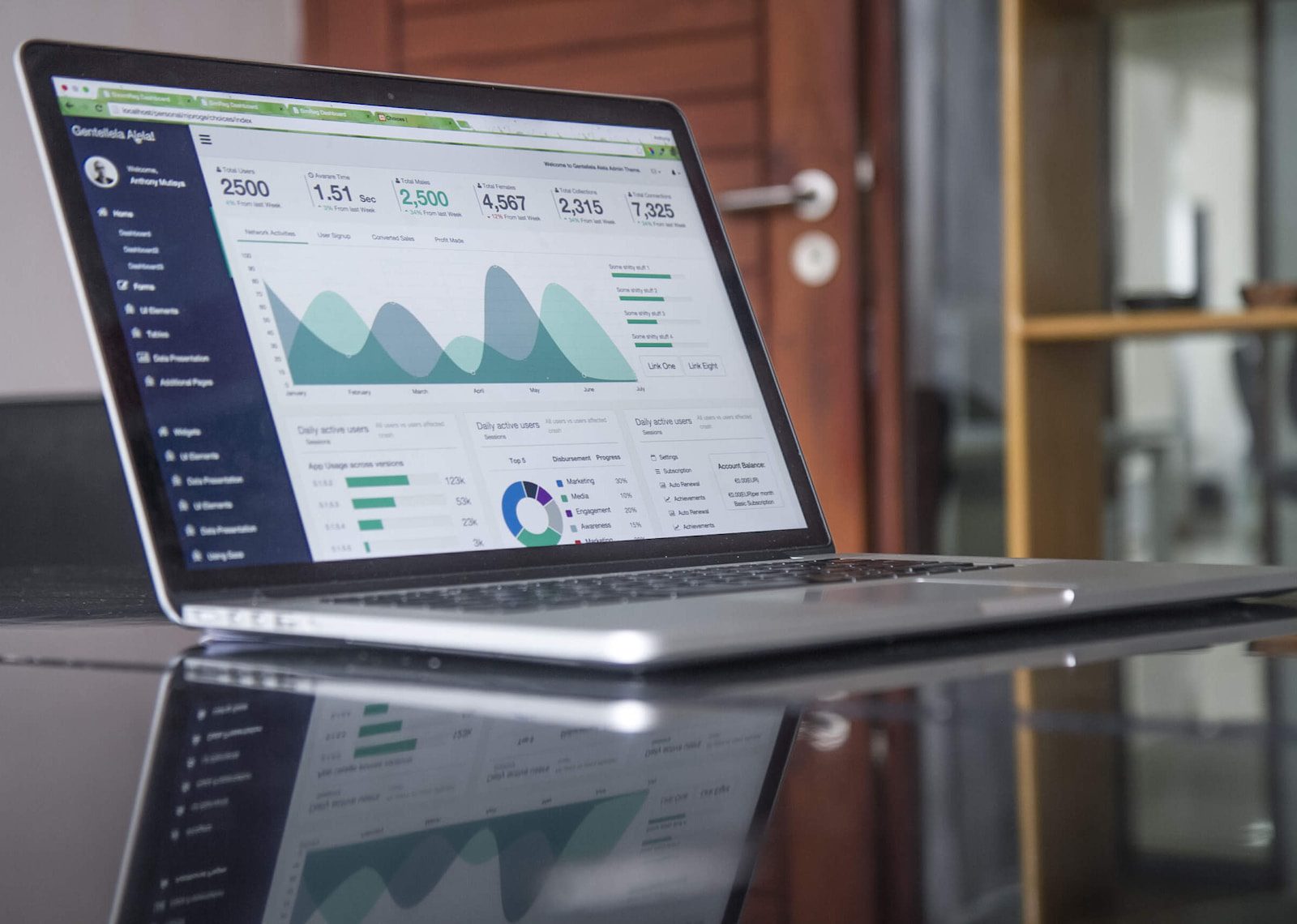Why Are Infographics So Effective?
We’ve actually reached a point of digital advancement where information overload is the norm, capturing and retaining your audience’s attention can be a challenging task. Traditional text-based content often falls short in engaging and conveying complex data effectively. This is where infographics come into play, transforming raw data into a visual storytelling tool that can drive marketing success. In this blog post, we’ll explore how infographics, the art of combining data and design, can lead to a significant return on investment (ROI) for businesses and marketers.
![]()
The Power of Visual Storytelling
Humans are inherently visual creatures. Our brains are wired to process visual information more efficiently than text. This fact is the foundation of why infographics are so compelling. They transform dull statistics and complex data into a visually appealing story that is easy to understand and remember.
- Engagement: Infographics have the power to grab your audience’s attention from the very first glance. A well-designed infographic can draw readers in, making them more likely to spend time exploring your content.
- Comprehension: Data visualization helps simplify complex information. Instead of poring over long paragraphs, viewers can grasp the main points in a matter of seconds, making infographics a valuable tool for explaining intricate concepts.
- Retention: People tend to remember visual information better than text. Infographics create a lasting impression, increasing the chances of your message being retained and shared.
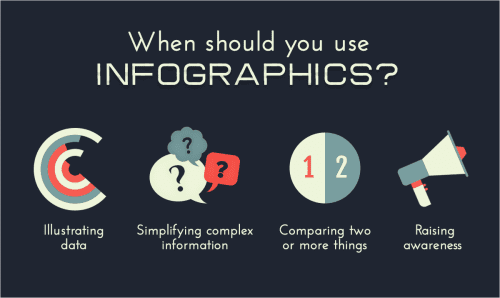
Boosting Social Media and Content Marketing
Infographics are tailor-made for the fast-paced world of social media. They are highly shareable and can help your content go viral. Consider the following ways in which infographics can drive marketing success:
Increased Shares: A visually striking infographic is more likely to be shared on social media platforms like Facebook, Twitter, and Pinterest. This means more exposure to your target audience.
Improved SEO: Infographics can help boost your website’s search engine optimization (SEO). When people share your infographic, it generates backlinks, which are crucial for search engine rankings.
Brand Awareness: Effective infographics can help establish your brand as an authority in your niche. When your audience associates you with informative and visually appealing content, your brand’s reputation and recognition grow.

Converting Data into Dollars
The real question for marketers is how infographics can translate into tangible returns. Consider the following ways in which infographics can lead to business success:
- Lead Generation: By offering valuable data in a compelling format, infographics can attract potential leads. Include a call to action (CTA) within your infographic to guide readers toward further engagement.
- Email Marketing: Infographics make for fantastic email marketing content. They grab attention and drive click-through rates. Use them to promote products, services, or even educational content.
- Sales and Conversions: Infographics can be used to highlight the benefits and features of your products or services. They simplify the decision-making process for potential customers, potentially leading to increased sales and conversions.
- Data Monetization: If you have unique data, infographics can be used as a product themselves. You can sell or license these infographics to other businesses or publications, creating an additional revenue stream.
Crafting Effective Infographics
To harness the potential of infographics, it’s crucial to create high-quality designs. Here are some tips to ensure your infographics drive marketing success:
Start with Data: Begin with accurate and relevant data. Without good data, your infographic won’t have a solid foundation.
Storytelling: Every infographic should tell a story. Identify the main message you want to convey and build your design around it.
Design Matters: Invest in professional design. Use colors, fonts, and imagery that align with your brand and appeal to your target audience.
Keep It Simple: Avoid clutter. Infographics should be easy to read and understand. Use concise text, and make sure the design flows logically.
Promotion: After creating your infographic, share it across all your marketing channels, including your website, blog, social media, and email newsletters.
Infographics have become an invaluable tool for marketers, helping them turn data into dollars by engaging audiences, driving traffic, and boosting conversions. When used effectively, infographics can significantly impact your marketing success and provide a substantial return on investment. Don’t miss out on the opportunity to leverage the power of visual storytelling in your marketing strategy.











